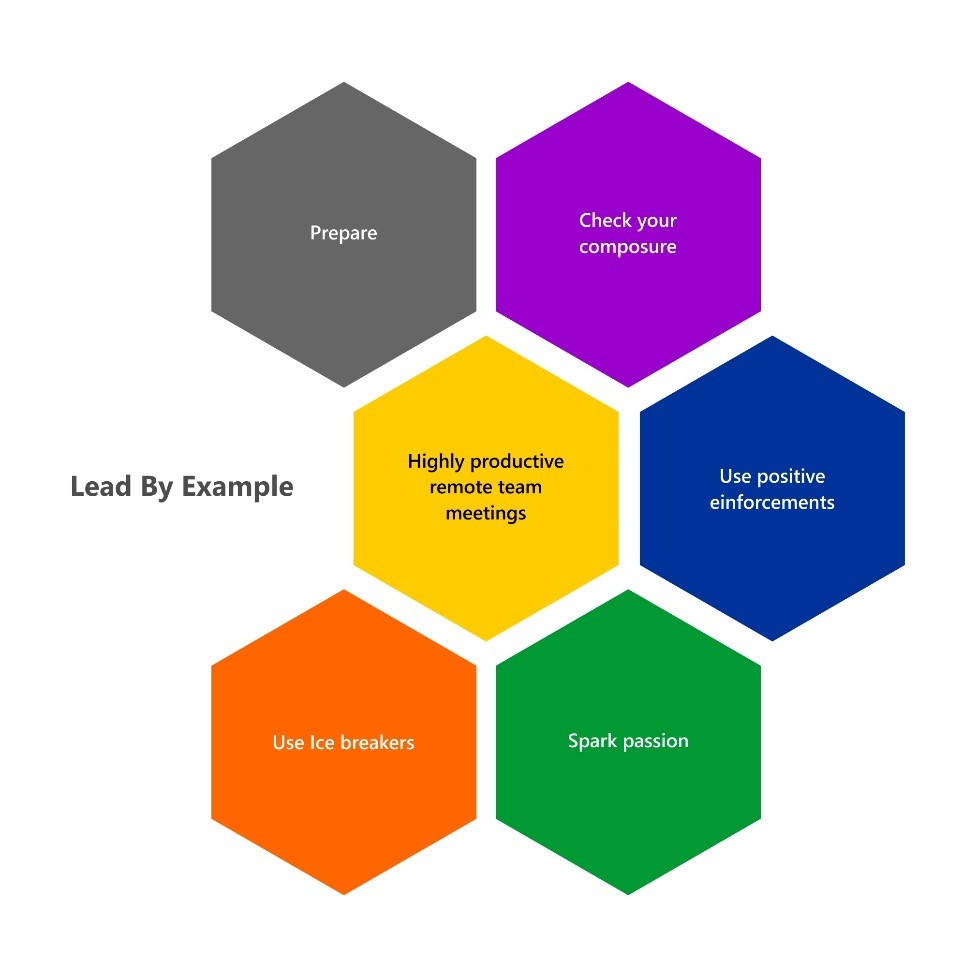
Remember your cubicle? Your office space that spoke more than words ever did. Pictures of colleagues sharing exciting times and memories, quieting planters, the view of the bustling street, notices in the corridors, the buzz in the cafeteria.
All that and more has disappeared now and possibly may never come back! And with this, talent leaders have a new task at hand - Defining and running virtual spaces to plug that emotional gap and drive employee satisfaction, teamwork, performance and engagement across remote locations the same way onsite workplaces did or maybe even better.
Good or bad, human beings cannot do without expressing their emotions. As simple as it seems, few aspects of human civilization are as complicated as human emotions.
An innocuous question like “Can you finish this work today?” can be interpreted as curious, impatient, irritated or angry.
Excessive reliance of communications on a holistic bouquet of words, tone, body language, expressions and more makes them tricky. So, what happens when this entire bouquet is cramped into 14-inch screen? Jason Fried and David Heinemeier explain the experience in their book REMOTE: Office Not Required, “When the bulk of your communication happens via email and the like, it doesn't take much for bad blood to develop unless everyone is making their best effort to the contrary. Small misunderstandings that could have been nipped in the bud with the wink of an eye or a certain tone of voice can quickly snowball into drama.”
When a piece of information is missing from in the conversation, the human tendency is to fill in the gaps assuming the worst. This is why feedback through Slack and emails is widely discouraged. Emails are notorious for spreading negativity. And once they start, they are hard to stop.
Most conflicts are rooted in fear. In a remote team meeting, there are many unknowns, ranging from how other team members may respond, whether they’ll ignore you, or if you’ll end up saying something inappropriate and what impression you are going to create on your manager. The inconveniences of time zones, languages, cultural differences and deadlines further add to this predicament.
Remote meetings are also more likely to be affected by emotional contagion. Delving into these intricacies, Sigal Barsade, Ph.D., in her article says:
“People routinely ‘catch’ each other’s feelings when working together in groups. It’s not surprising that this influences your employees’ moods: what’s more surprising is that it significantly influences their judgment and business decisions as well.”
When it comes to operating remotely, even slightly negative interactions can quickly snowball into emotionally-charged catastrophe. Your team members can talk over each other, contesting to get the last word. They can explicitly tear down or dismiss other team members’ perspectives or opinions. Citing such instances, Halelly Azulay, CEO of TalentGrow said: “They yell, express frustration often, and engage in aggressive or passive-aggressive behaviors. They don’t talk to each other and avoid interacting. They undermine and sabotage each other’s work or credibility with stakeholders.”
Team leads are best placed to check the pulse of their team members. Like every other operational function, planning can prevent your meetings from veering away into a disaster. The best ways would be to model your own behavior and actions or reinforcing members who build the team’s emotional capacity. You may also use these five best practices to get the desired result from your team interactions.

Most teams are complex mixes of passive, aggressive, extrovert, and introvert individuals. Use subtle, quiet messages to remind the Alpha member to not attack ideas in a brainstorming session. This can also be done by conducting a short check-in session before commencing the meeting, especially for the members whose mood is expected to be off. Talk to them beforehand, let them express their feelings and soothe them before the meeting starts.
Before you start improving your team’s emotional intelligence, work on your own, and cultivate:
Refrain from entangling in any negative palaver, and maintain your cool. Take an observer’s stance and keep a check on what’s going on and give valuable feedback. Handle conflicts without getting emotionally involved.
Display the traits you want your team to emulate:
Without washroom chats, water-cooler breaks and door huddles, remote work can become drab. Spark passion in your team mates by:
Your team members need to prepare themselves too. Give them adequate time and space by:
A leader’s best bet is to create the necessary conditions for team members to develop their emotional intelligence. Many leaders have the tendency to stick to presumably emotionally-safe topics centered around coordination, alignment and implementation aspects. In doing so, they fail to generate honest conversations about the concepts that are working and those that aren’t working. This hurts the organization at many levels, hampering innovation and engagement.
“Group emotional intelligence is about small acts that make a big difference. It is not about a team member working all night to meet a deadline; it is about saying thank you for doing so. It is not about an in-depth discussion of ideas; it is about asking a quiet member for his thoughts. It is not about harmony, lack of tension, and all members liking each other; it is about acknowledging when harmony is false, tension is unexpressed, and treating others with respect.”
The transition to remote work is an unprecedented opportunity. This is the time for leaders to use their power to establish the right norms that can in turn maximize harmony and collaboration and can ensure optimum benefits from the team’s talent.
How productive are your online meetings?

CredBadge™ is a proprietary, secure, digital badging platform that provides for seamless authentication and verification of credentials across digital media worldwide.
CredBadge™ powered credentials ensure that professionals can showcase and verify their qualifications and credentials across all digital platforms, and at any time, across the planet.

Please enter the License Number/Unique Credential Code of the certificant. Results will be displayed if the person holds an active credential from TMI.